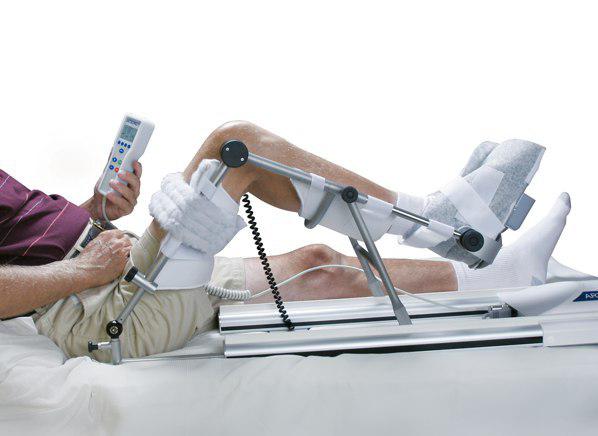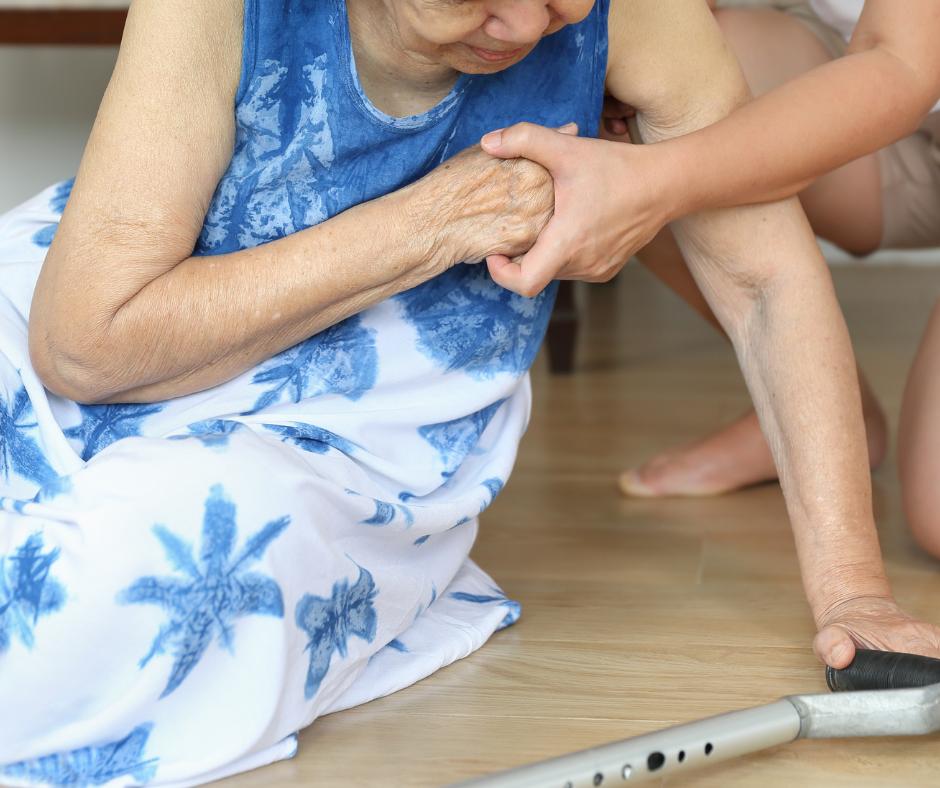SHARES

Doctors often recommend physiotherapy treatments such as traction, ultrasound and interferential therapy to their patients. These treatments have specific purposes and uses. They are extremely beneficial when correctly applied but also potentially harmful if incorrectly used. Physiotherapists should apply them discriminately to achieve the best outcome for the patient. What are the machines used by physiotherapists? Read this article by Physionique to know more about this topic.
TRACTION
Benefits
- Stretches tight ligaments, joint capsules and loosens stiff joints
- Opens up the space between two vertebrae and may release nerve compression
- May relieve symptoms from disc herniation and spondylosis
Risks
Traction is risky for patients with
- Rheumatoid arthritis (neck traction)
- Unstable joints and acute fractures
- Dizziness due to vertebral artery disease (neck traction)
- Very inflamed joints whereby any movement or handling makes the symptoms worse
- Active bone disease or malignancy
ULTRASOUND
Benefits
Ultrasound promotes increased blood flow, tissue healing, muscle relaxation and scar tissue breakdown. It is useful for soft tissue sprains and strains, muscle spasm, tension and tightness.
Risks
It is not to be used for patients with reduced skin sensation, nor directly exposed to the abdomen of a pregnant patient, local malignancy, local acute infection or directly applied to the eye, brain, spinal cord, heart, reproductive organs and growth centres in children’s bones, or over a blood clot in a blood vessel.
INTERFERENTIAL THERAPY
Interferential therapy is a modality that applies currents at around 4000 Hz through the affected area of a patient. Four electrodes are placed in such a way that allows two currents to cross each other and penetrate deep within a joint or body area.
Benefits
Pain relief by stimulating the release of endorphins and blocking the transmission of pain impulses (pain gate mechanism).
Reduces swelling and inflammation
Muscle stimulation to activate weak, inhibited muscles
Risks
It is not to be used for:
Patients with pacemakers
Near the low back or abdomen of pregnant women
Local malignancy
This article was contributed by Physionique. Physionique is a physiotherapy clinic in Singapore that offers an array of services from physiotherapy to podiatry and sports massage and rehabilitation programmes. You can find and book an appointment with any of Physionique’s therapists with GetDoc.
by Hridya
A biochemist by education who could never put what she studied to good use, finally found GetDoc as a medium to do what she loved - bring information to people using a forum that is dedicated to all things medical. View all articles by Hridya.





